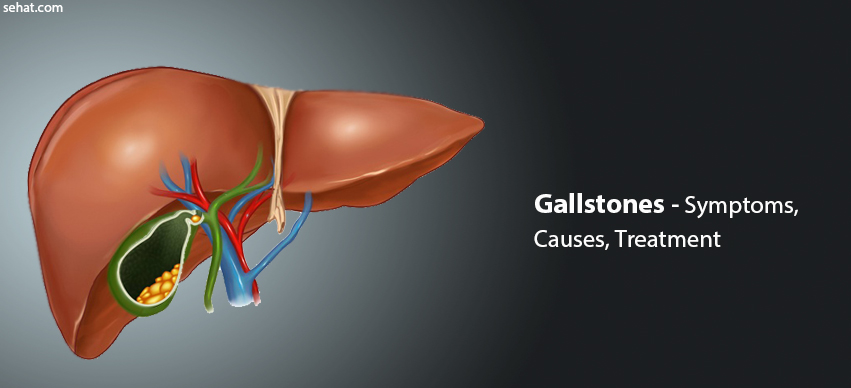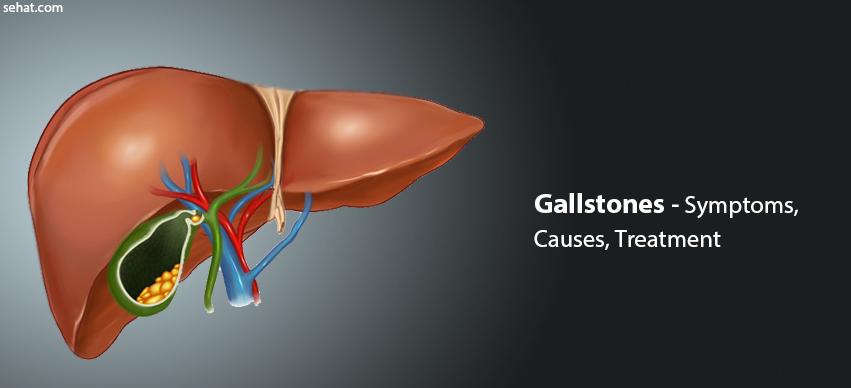Evolution of Prescription Refills: From In-Person to Online ..
6 Min Read


Many people have been diagnosed with gallstones in their gallbladder, since this not a common ailment they been asking themselves what gallstones is? So these are solidified substances of the food digestion fluid deposited in the gallbladder. The gallbladder is a tiny part of the body that is mainly found on the right side of one’s lower body, slightly under the liver.
"The Gallbladder Acts as a Source and Storage of the Food Digestive Fluid Known as Bile that is Supplied to the Small Intestines to Help in Digestion"
Once formed these hardened substances have different sizes that range from as tiny as a grain of sand or even as big as a ball used to play golf. In some circumstances, a person may only suffer from one gallstone lump in their gallbladder, while others tend to develop several lumps at a single given time.
Gallstones may not exhibit any signs or symptoms but if gallstones get into a tube and lead to blocking of the same tube, it may cause signs and symptoms such as
The pain from gallstones may last over a few minutes or even some time extends to several hours.
It’s not clearly evident what leads to one suffering from gallstones but doctors have attributed the formation of gallstones to factors such as
If A Person’s Bile Has Too Much Cholesterol - Any healthy person has bile which has adequate chemicals to eliminate the cholesterol produced by the liver. But if one’s liver produces more cholesterol than the bile required to eliminate it, then the extra cholesterol turns into solid substances and finally into the gallstones.
One’s Bile Has Too Much Bilirubin - Bilirubin is a chemical that is made by the body while the red blood cells are being broken down. There are several circumstances which lead to the body to produce too much bilirubin. They include conditions such as liver cirrhosis, biliary duct infections, and particular blood conditions or ailments. The extra bilirubin promotes solidification of the digestive juice into stones.
When One’s Gallbladder Does Not Empty in the Correct Way - If one’s gallbladder does not empty in the correct way or as many times as required by the digestive body system, then bile may turn to be very concentrated which promotes its solidification, in turn, turning into gallstones.
Most of the people who suffer from this condition often go for surgery to get rid of the whole gallbladder. This surgery entails two types of operations on the person suffering from gallstones.
Laparoscopic Cholecystectomy - The most often done form of operation. The surgeon uses instruments such as a light and a camera passed through cuts made in the stomach while viewing the body interior on a video screen. One gets to go back home once the procedure is complete on the particular same day of the operation.
Open Cholecystectomy - The surgeon cuts large cuts in the stomach to get rid of the gallbladder. One has to stay hospitalized for several days after the operation.
If the gallstones are lodged in the bile tubes, a doctor may opt to use ERCP to locate and get rid of the stones before or when the surgery is being done.
Use of Medications - The doctor may prescribe drugs such as chenodiol (chenodiol), ursodiol (Actigall, Urso 250, Urso Forte), or both when they feel you do not need any surgery carried on you. The mediations liquefy the gallstones, though they may lead to one suffering from slight diarrhea. The disadvantages of using such drugs are that one has to take them for years to entirely eliminate the gallstones, the gallstones may crop up again once one stops using the prescribed medications.
One can minimize the risk of suffering from stones formed in the gallbladder by doing the following
Not Skipping Any Given Meal in a Day - One should as much as possible make sure that they keep up with their stipulated times to take their food each particular day. This reduces the chances of suffering from the same.
One Going Slow on Weight Loss - Since accelerated weight loss leads to one being highly exposed to suffering from gallstones, one should ensure to stick to losing between1 to 2 pounds per week.
Keeping An Optimum Weight - Being obese and weighing extra intensifies the chances of one suffering from gallstones. Ensuring an optimum weight by checking on the calories taken and exercising regularly. Once the optimum weight is achieved one should work on retaining it by only taking a balanced diet and doing exercises.
Since we know what is gallstones and what causes it, it then easy solves it in case of any problem. Long-term problems are not likely after getting rid of the gallbladder or treating the condition. Those without a gallbladder can live a normal life after recovery.